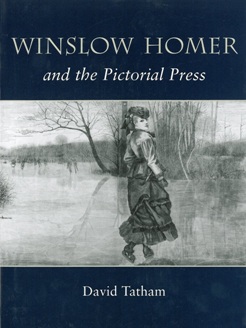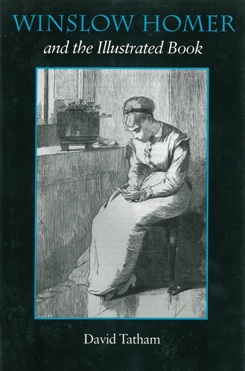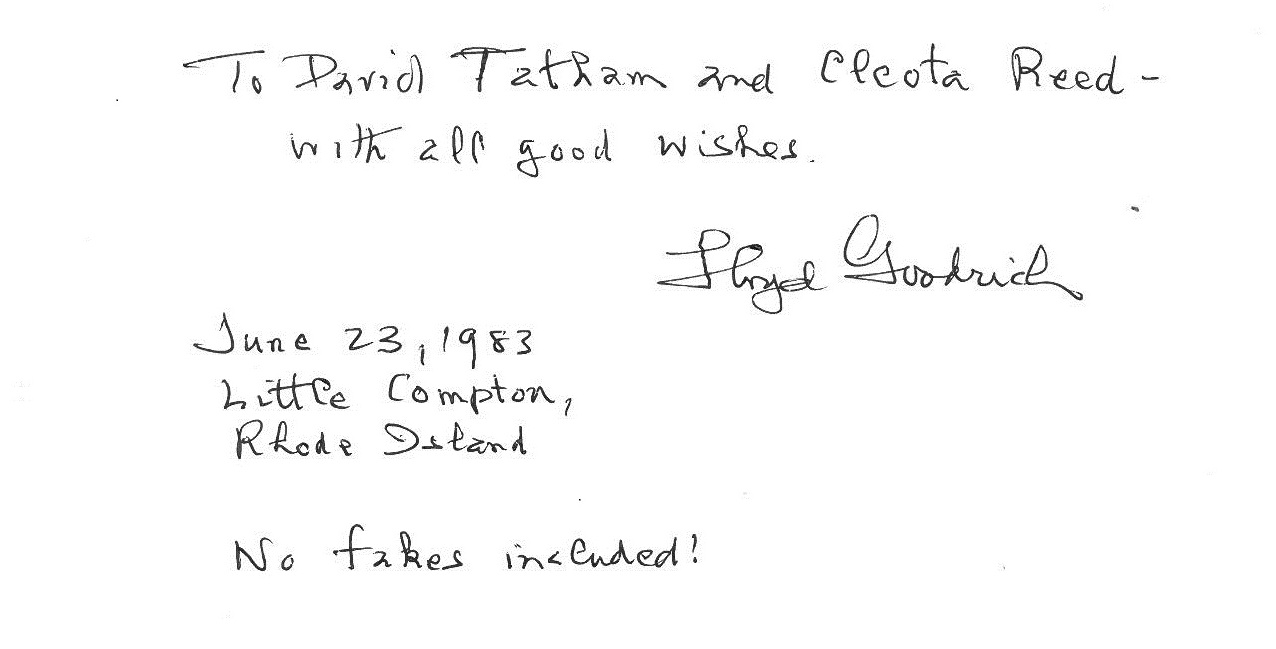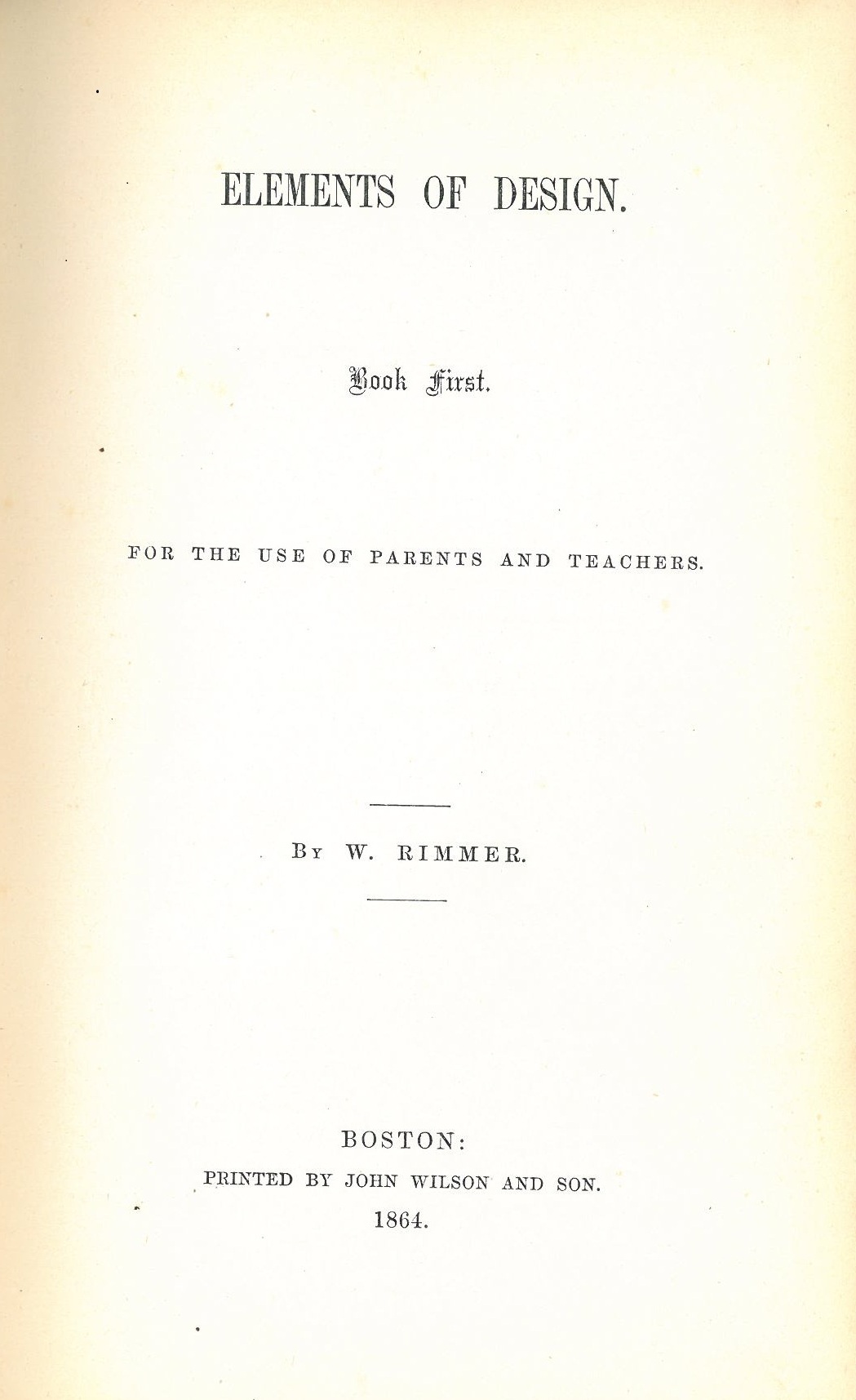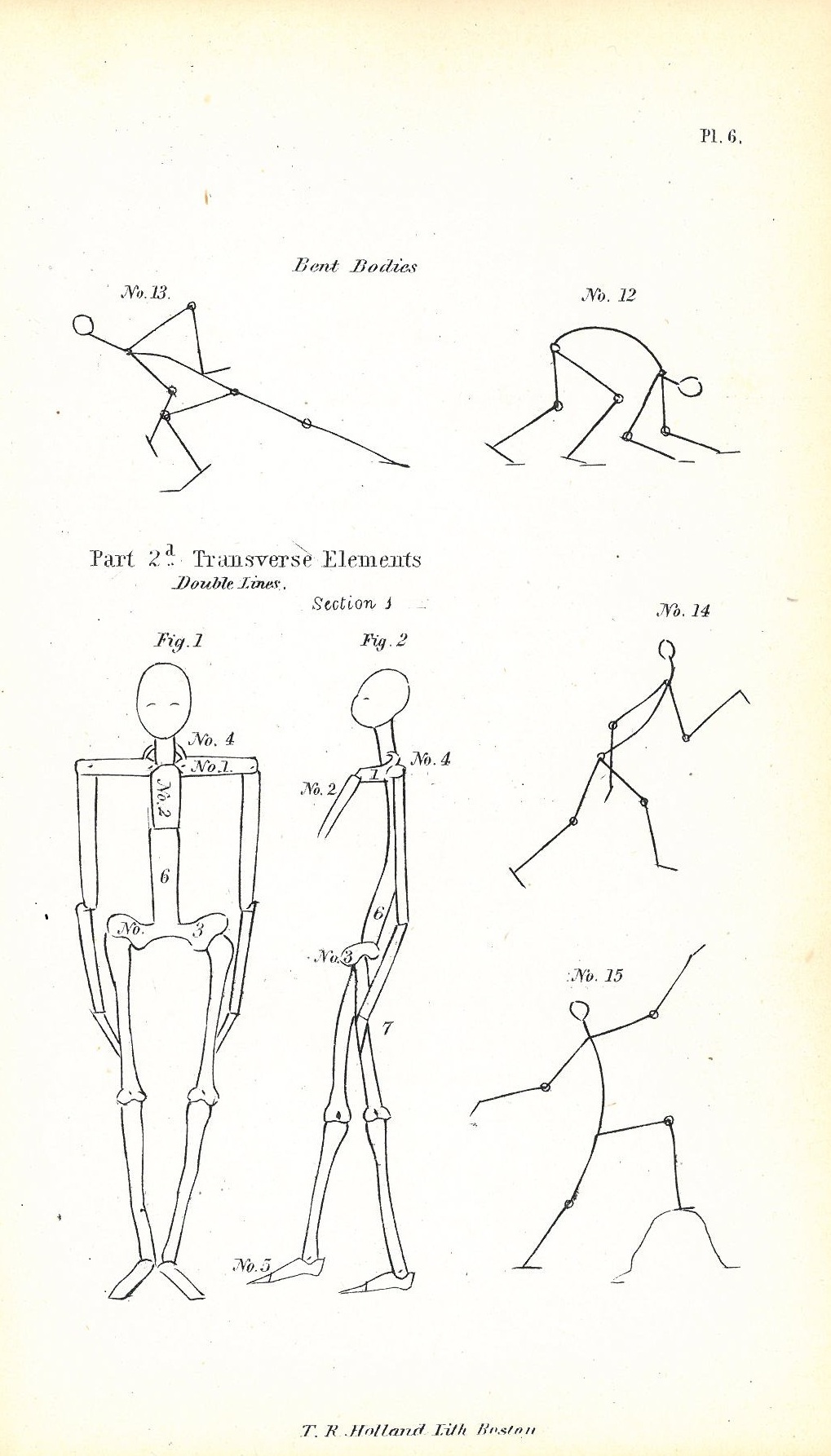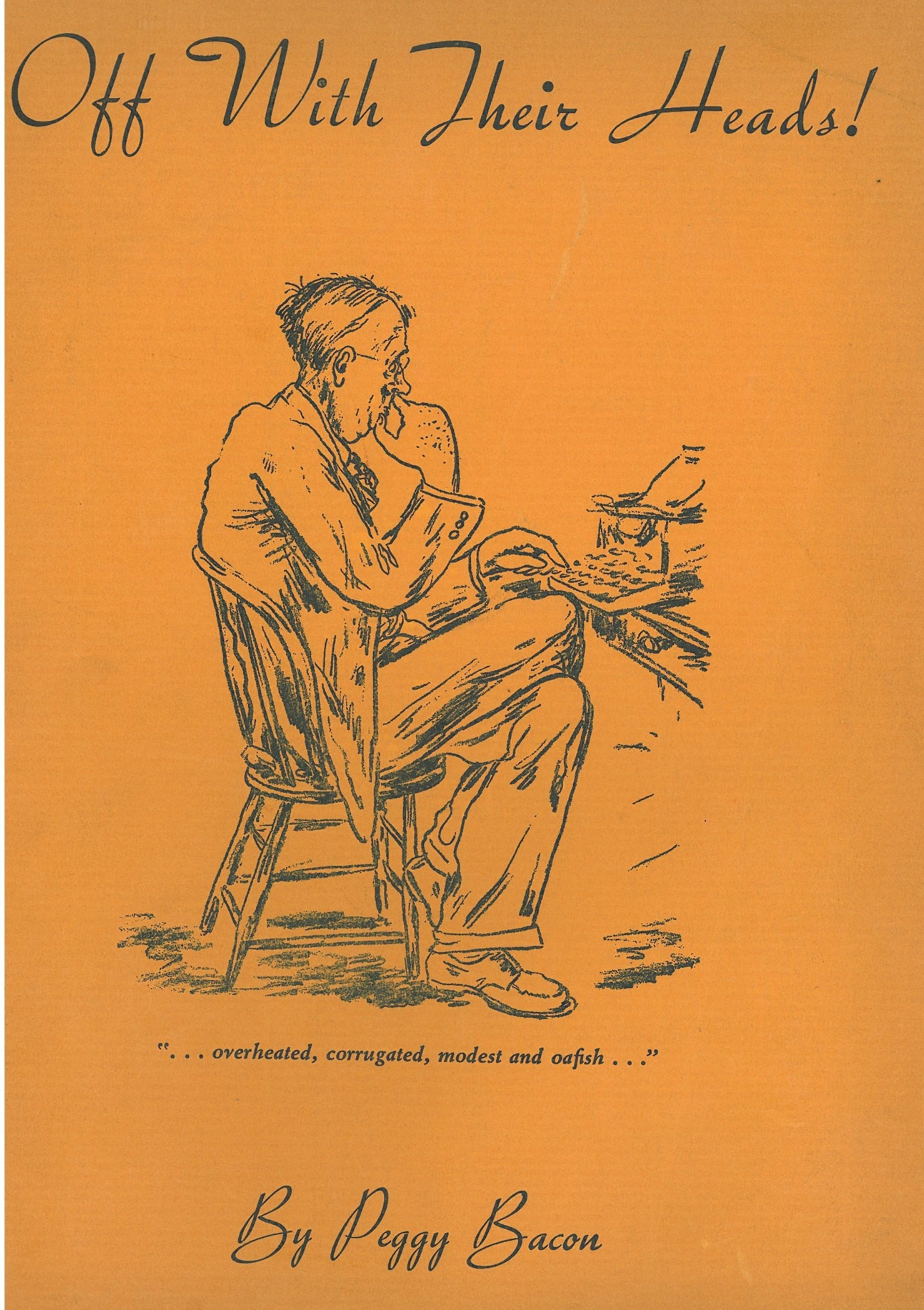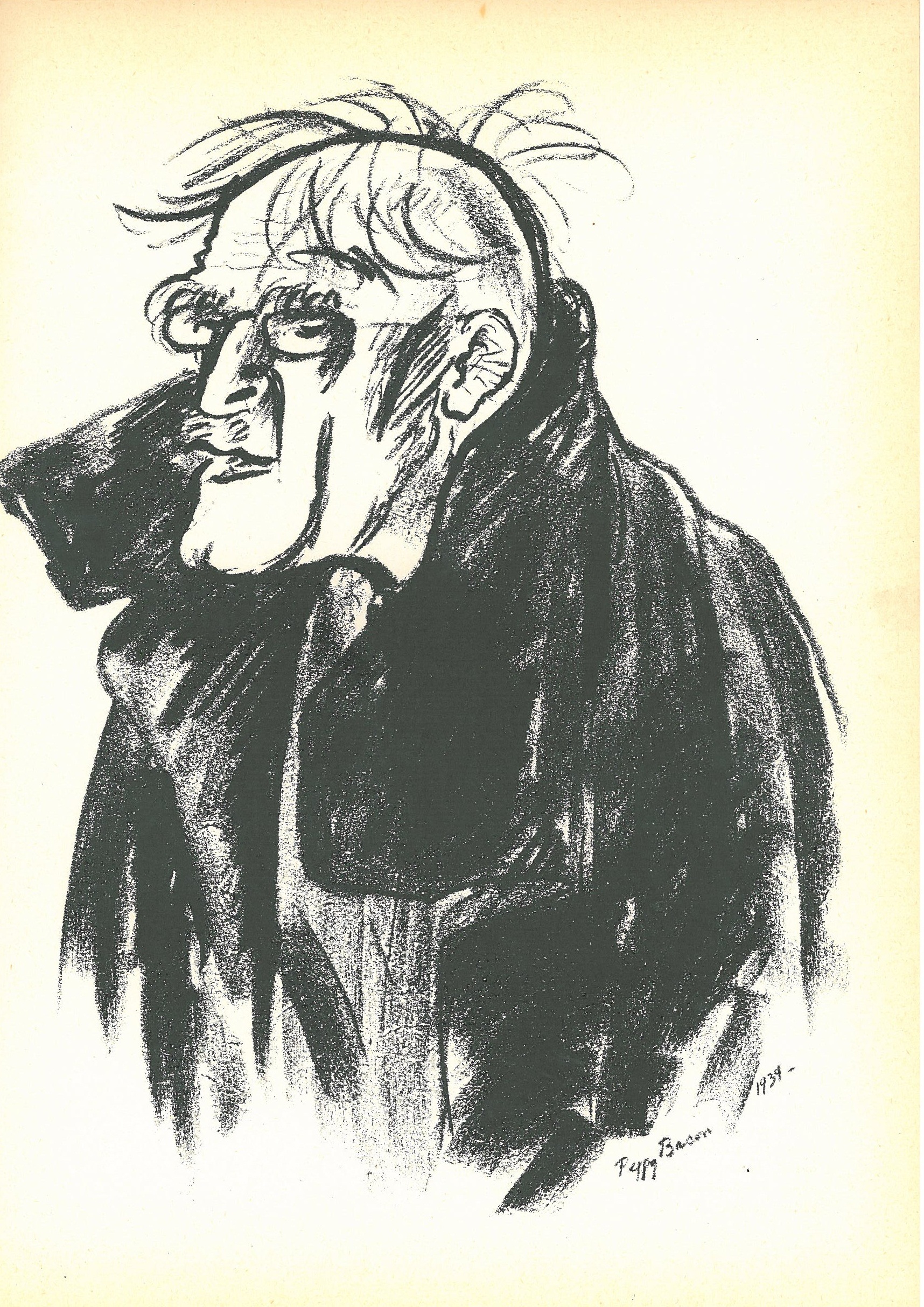SAM’s American Art Library: A Collection of Collectors: Professor David Tatham
An art museum is often fittingly described as “a collection of collectors,” for each is founded on the gifts of magnanimous individuals who loved art and built personal collections that became an invaluable public resource.
The same can be said about library book collections, too—they represent the personal interests of individual readers. This is especially the case with the American art book collection found within the other collections of the Dorothy Stimson Bullitt Library at SAM downtown. The museum’s founding director, Dr. Richard Fuller, took a special interest in building a reference library to enhance public knowledge of the city’s art collection, and his tenure was marked by yearly growth of the book collection in all areas, through purchases, gifts, and exchanges with other libraries. Over the years, the library grew in relationship to the growth of individual curatorial departments, with American art thus little represented, since American art was not actively collected or exhibited at SAM.
My good friend in American art, Allan Kollar, points out that in this city, until only very recently, when one became seriously interested in seeing and studying the art of the United States, one had to go elsewhere—to San Francisco, say, or to Chicago or Fort Worth, Texas, or to museums and colleges on the East Coast. His observation has been a spur to action. When in 2004 we established a department of American art at SAM, it was a foregone conclusion that we needed to build a reference library, too, for our members, our collectors, and the students of art history at local colleges and universities who heretofore had access to only limited research resources in the history of American art.
We began building our American art library the only practical way, by collecting collections. First, we acquired the 10,000 volume inventory of a rare book dealer specializing in materials on the history of American art. Then the Seattle Art Museum Supporters (SAMS) instituted the practice of pledging funds annually for the purchase of new and rare books to add to this core collection. And then another gift arrived—the gift of a large portion of a scholar’s library, that of Professor David Tatham of Syracuse University.
Professor Tatham is, among other things, a leading authority on the work of Winslow Homer. He has published on all aspects of Homer’s career: on Homer’s work as an illustrator for the Boston and New York weeklies in the 1860s and 1870s; on his depictions of farm children, school boys, and sportsmen in the region around the Adirondacks of upstate New York; on his last years and last paintings at Prout’s Neck, Maine; and on his extraordinary production of popular lithographs and masterly etchings, other media in which Homer was self-taught. Professor Tatham is soon to release a study of Homer in England, where he documents for the first time the full range of Homer’s experiences there. David has been a pioneer in what is now the large field of Winslow Homer studies. His books are distinguished by dogged research, impeccable attention to detail and fact, and unpretentious, lively prose. He set a high standard for scholarship. Each of his works is now an indispensible reference; each is a model of research, analysis, and elucidation.
|
Professor Tatham’s personal library books—his gifts to SAM—show us something of the state of the field of American art history when he began his research and teaching four decades ago and its extraordinary flowering in the years since. His library is, for one thing, rich in pioneering works in the history of American graphic arts and their English antecedents, works that are not readily found outside a specialized library and that were the foundation of his own path breaking studies of 19th century American printmakers, especially Winslow Homer. It includes, too, special works with dedications penned to David by their respective authors, their warm words evidence of the high esteem in which colleagues and mentors and students have always held David. The late Lloyd Goodrich of the Whitney Museum, who was the father of Winslow Homer studies and author, too, of landmark monographs on painters Albert Pinkham Ryder, Thomas Eakins, and Edward Hopper, happily inscribed his books to David: one catalogue, from a 1961 exhibition of paintings by the unconventional Ryder, whose idiosyncratic paintings were famously forged and still confuse museum curators, bears this devilish note to David: “ No fakes included.”
When David met artists or art historians, he respectfully acquired their autographs, too, in their books or exhibition catalogues as records of a memorable meeting. One very special book is a memento of a visit with Andrew Wyeth and bears the artist’s signature.
Some books surely represent those extraordinarily lucky finds that one can make by haunting used book stores: like William Rimmer’s 1864 illustrated textbook on the Elements of Design…For the Use of Parents and Teachers and, one of my all-time favorite books, Peggy Bacon’s caricatures of New York art scene figures from 1934 entitled Off with Their Heads! I can feel that sense of elation that David surely felt at having laid hands on these rare and wonderful titles.
We are proud that David Tatham has honored our big ambitions for an American art program in Seattle by presenting his important research library here, believing that these invaluable references would be put to good use at SAM. David’s books, so humbly offered, are each in its own way a clear and poignant reminder to all of us—curators, docents, students, school teachers, college professors—who will find ourselves on occasion with one of these special volumes in our hands, that as we ourselves pass along to others our enthusiasm for American art and our learning, we stand on the shoulders of giants in this field, David Tatham eminent among them.
Patricia Junker, the Ann M. Barwick Curator of American Art
Please note: The SAM Research Libraries are closed to the public for the month of August. We will re-open with our normal public hours in September. For specific hours, please see the libraries’ web site.
